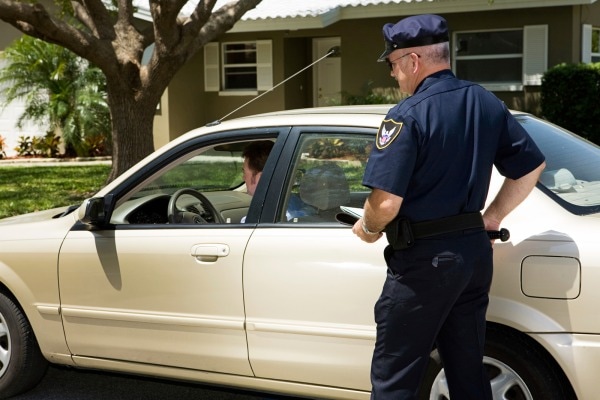Most people think that in order to make their car run cleaner, they have to go out and buy a hybrid. This is not the case. There are fundamental and cheap changes that can be made to your car that will cause it to run greener. Here are some suggestions.
1. Pump up your tires: This is an obvious one, but it is also a very cheap way to increase fuel efficiency.
Cost: A tire gauge costs about ten dollars.

2. Clean your air filter: Use your owner's manual to find your air filter. Once found, unscrew the filter's housing. Remove the filter from your car. Use a vacuum cleaner to rid it of dirt. Put it back in your car. Get 7 percent more per gallon. Simple as that.
Cost: The electricity to power the vacuum. You can also buy new cotton air filters for under 100 dollars.
3. Replace your old spark plugs with eco-friendly ones: The Halo spark plug claims to reduce gas mileage by ten percent and toxic fumes by twenty percent. Consult your owner's manual before you replace your spark plugs. Replacing your spark plugs is something that anyone can do, but it is very important to follow the instructions in your owner's manual. Every car is different, and there are hazards that you must be aware of.
Cost: $8.99 per plug.
4. Clean out your car: The heavier your car a car is the more gas that it takes to move. Remove non-essential items from your car.
Cost: Your time.
5. Insulate your car battery: A car battery is a little box full of nasty chemicals. You want those nasty chemicals to remain useful as long as possible. By insulating your car battery, you can sustain the life of you car battery. Car battery insulation is easily installed. It's put on the battery like tinfoil, and the stuff can be found at most automotive stores.
Cost: Around 25 dollars
Article courtesy of: http://auto.howstuffworks.com/under-the-hood/vehicle-maintenance/green-carunder-hundreddollars.htm










